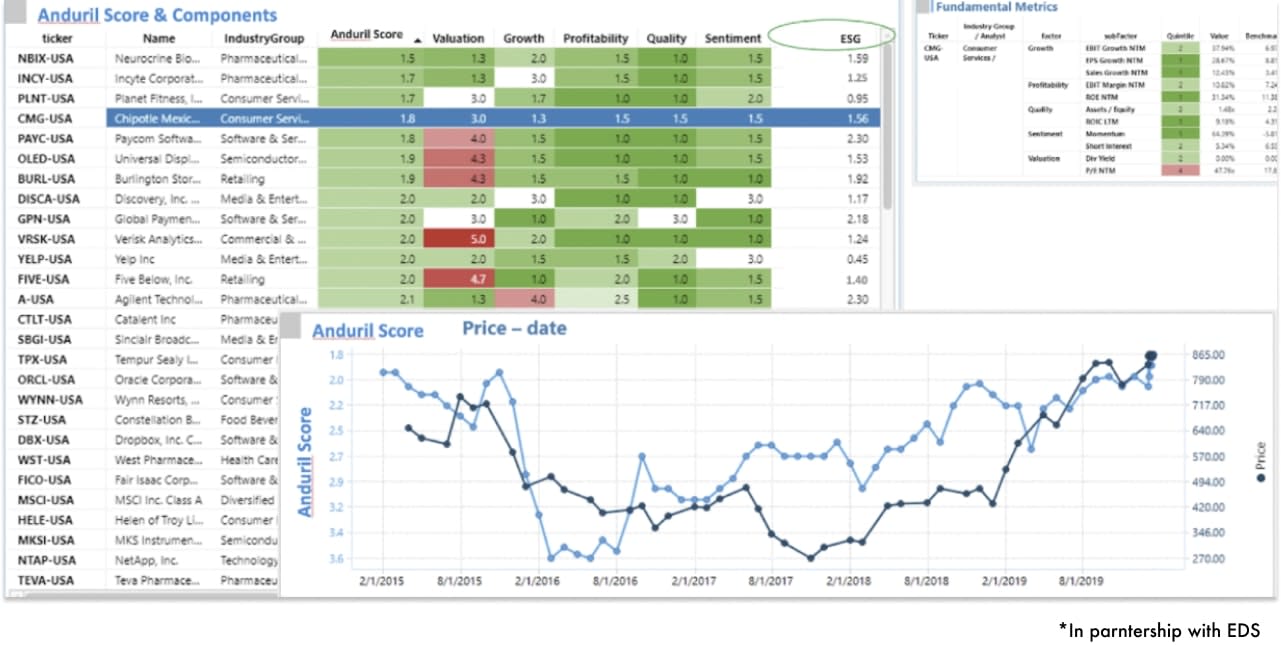Part 5 of 8
Do you have the process to “Observe, Orient, Decide, and Act” with this secular wave?
ESG as a Use Case Example Environmental, social, and governance (ESG) and sustainable investment is a rising focus across the asset management and capital allocation communities, but what does that really mean? We are early in this journey of quantifying many qualitative efforts, and this is an example of a where a realistic framework might coalesce.
Standard-setting bodies such as MSCI are issuing ranking systems such as risk factors or bond ratings in specific categories. They are increasingly joined by broker dealers and boutique research companies to create a more consistent and transparent framework for these metrics.
How do shareholders and corporates aggregate all these views and see relative peer group rankings?

There will be an increasing number of ways to address this, but the diagram above, “A ‘New Lens’ ESG Scorecard,” shows an aggregation platform with a single dashboard that allows for granularity in setting the exact criteria each organization wants to use for individual scores for each category of ESG. It then rolls those inputs into a total firm ranked score. This methodology provides consistent, scalable, real time, and a transparent process to stakeholders. Corporations and large foundation allocators can also use this with ownership data to see what the ESG scores are for each aggregated investment fund and see which institutions are really putting their money where their claimed priorities are.
Read another article in this 8 part series:
- Part 1: Introduction
- Part 2: The Importance of Storytelling
- Part 3: Applying Process in Financial Workflow
- Part 4: Turning Questions into Predictions
- Part 5: ESG: Making Good Intentions Real Through Great Process
- Part 6: What is Driving the Stock?
- Part 7: Blending Inputs, Feedback Loops and Implementing Metrics the Matter
- Part 8: Bringing it Home and Upgrading your Roadmaps

